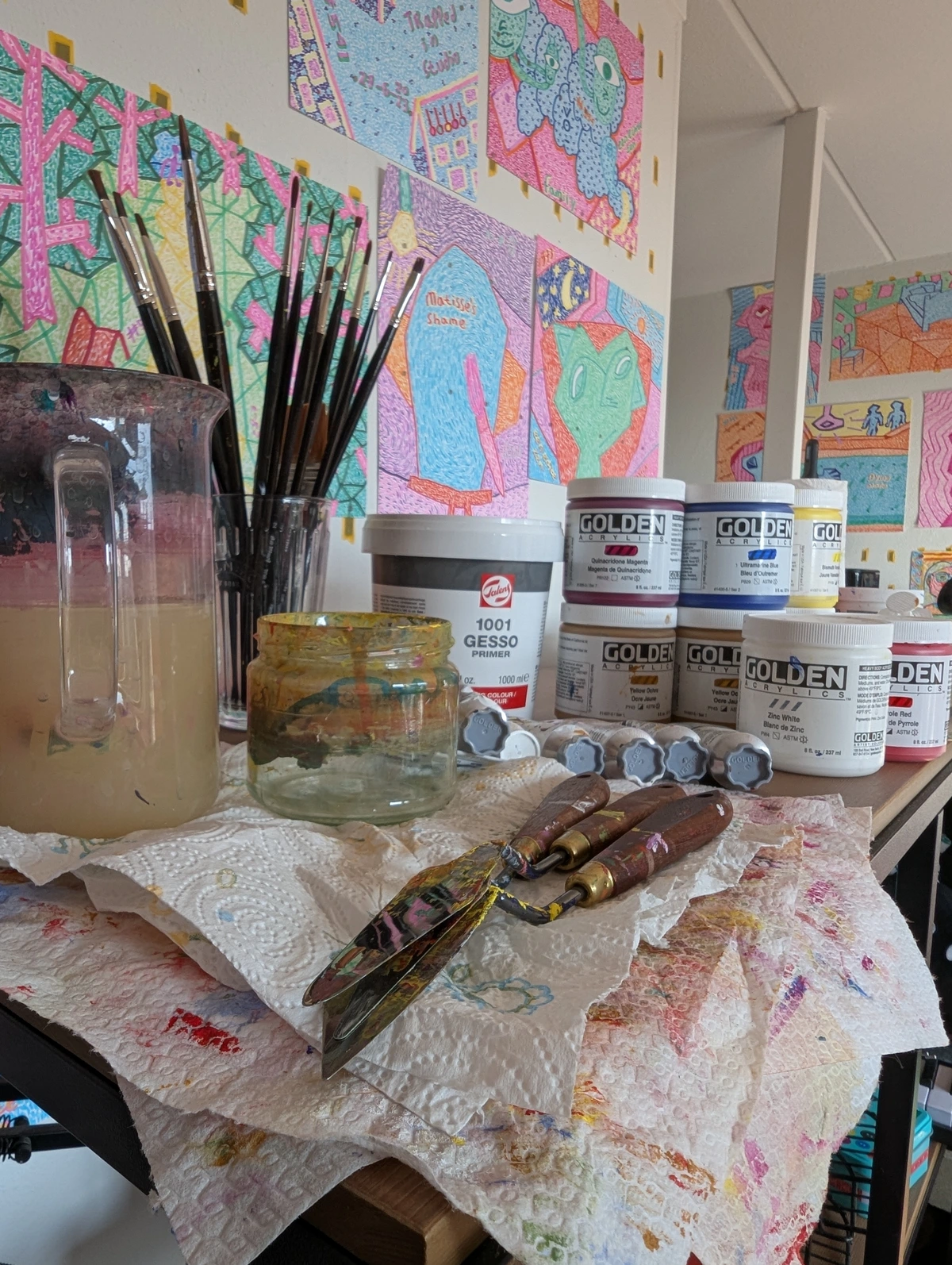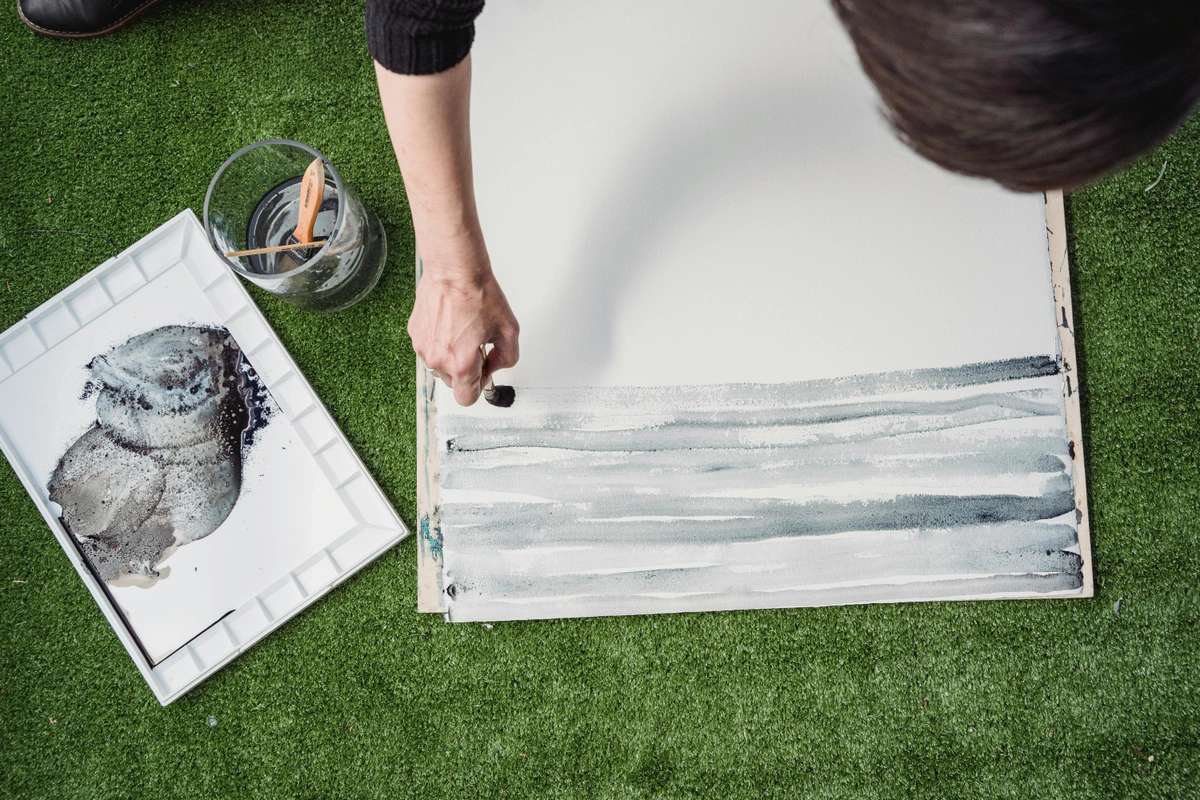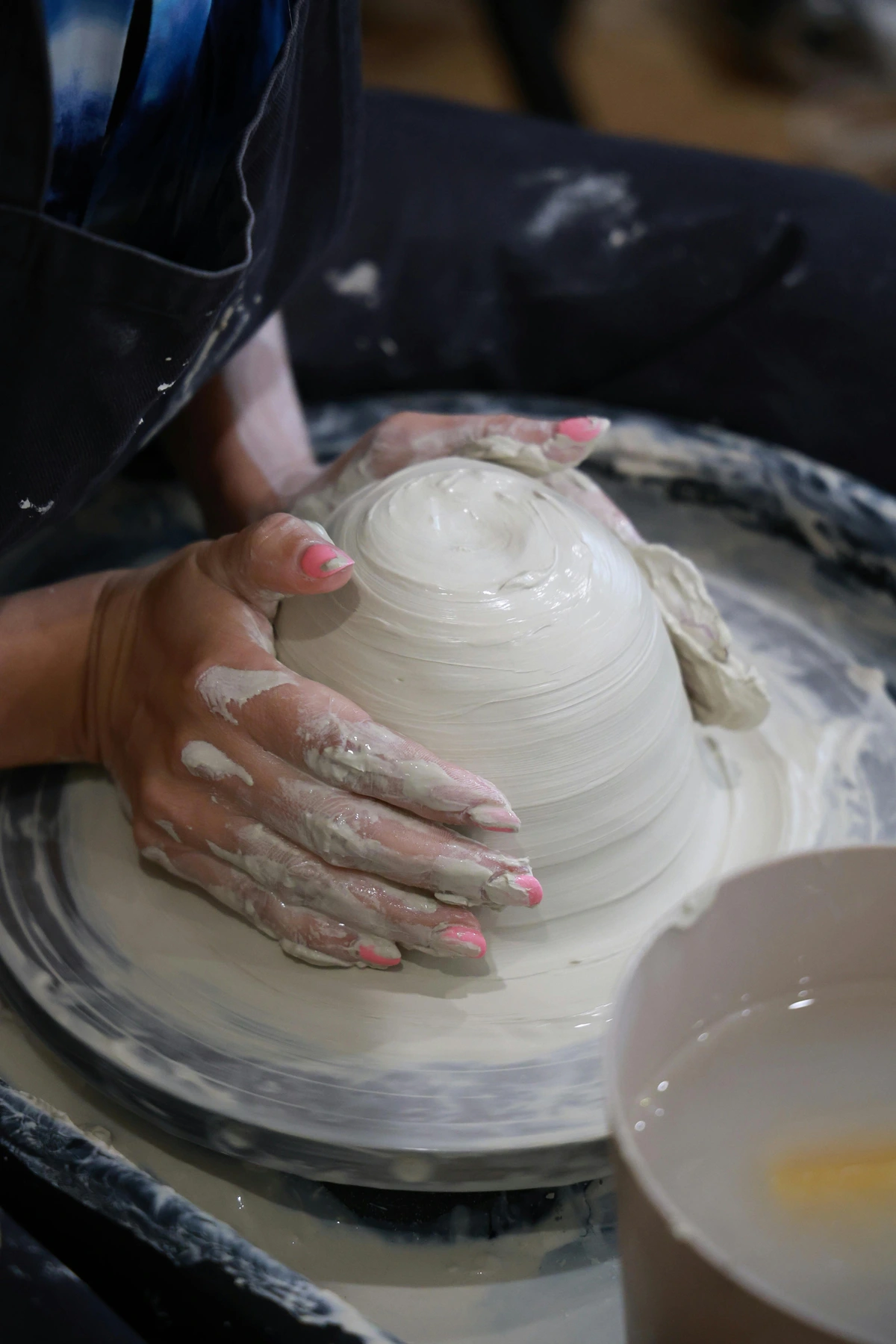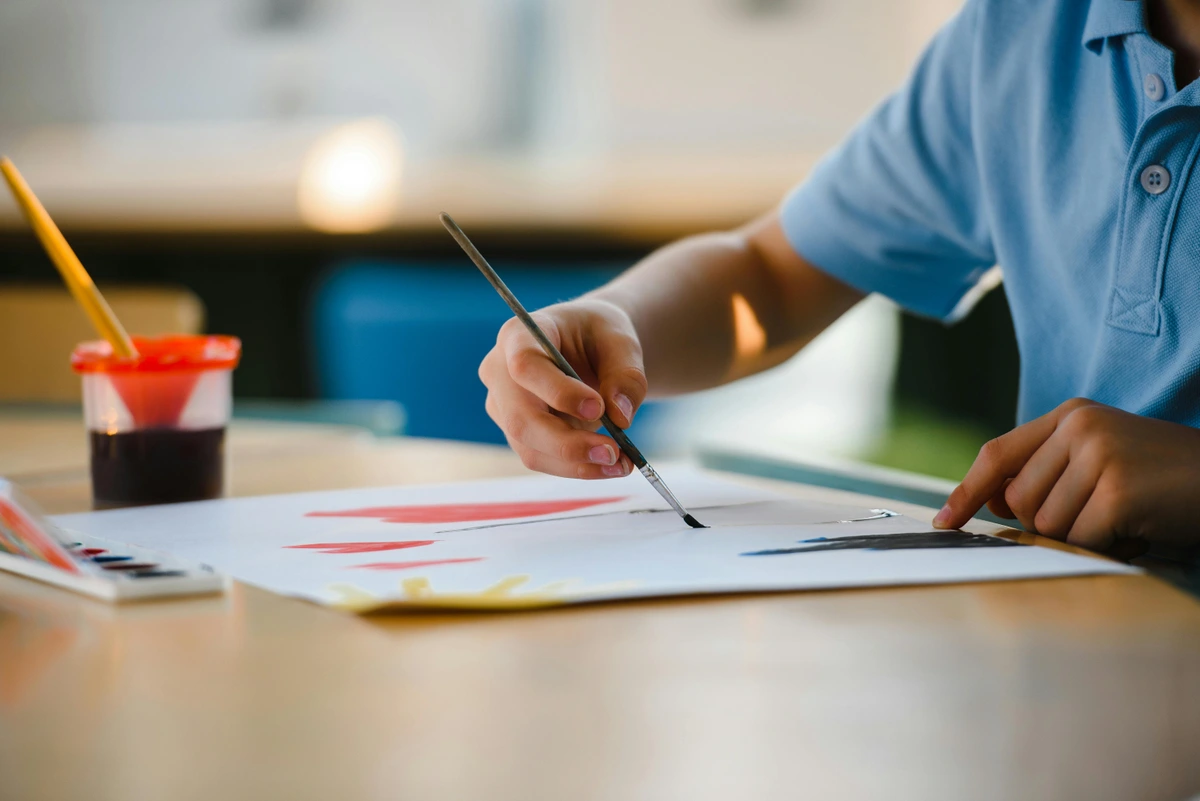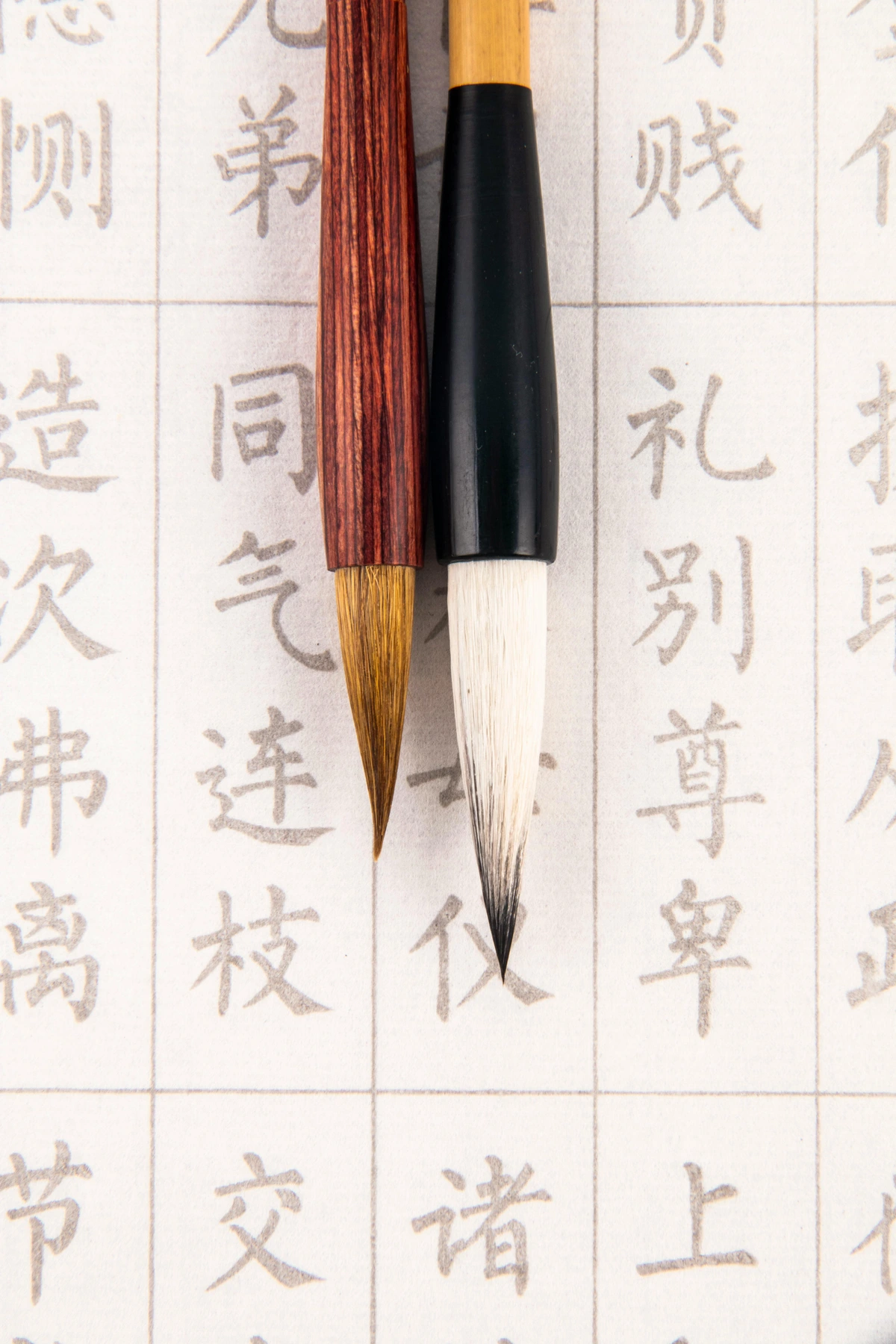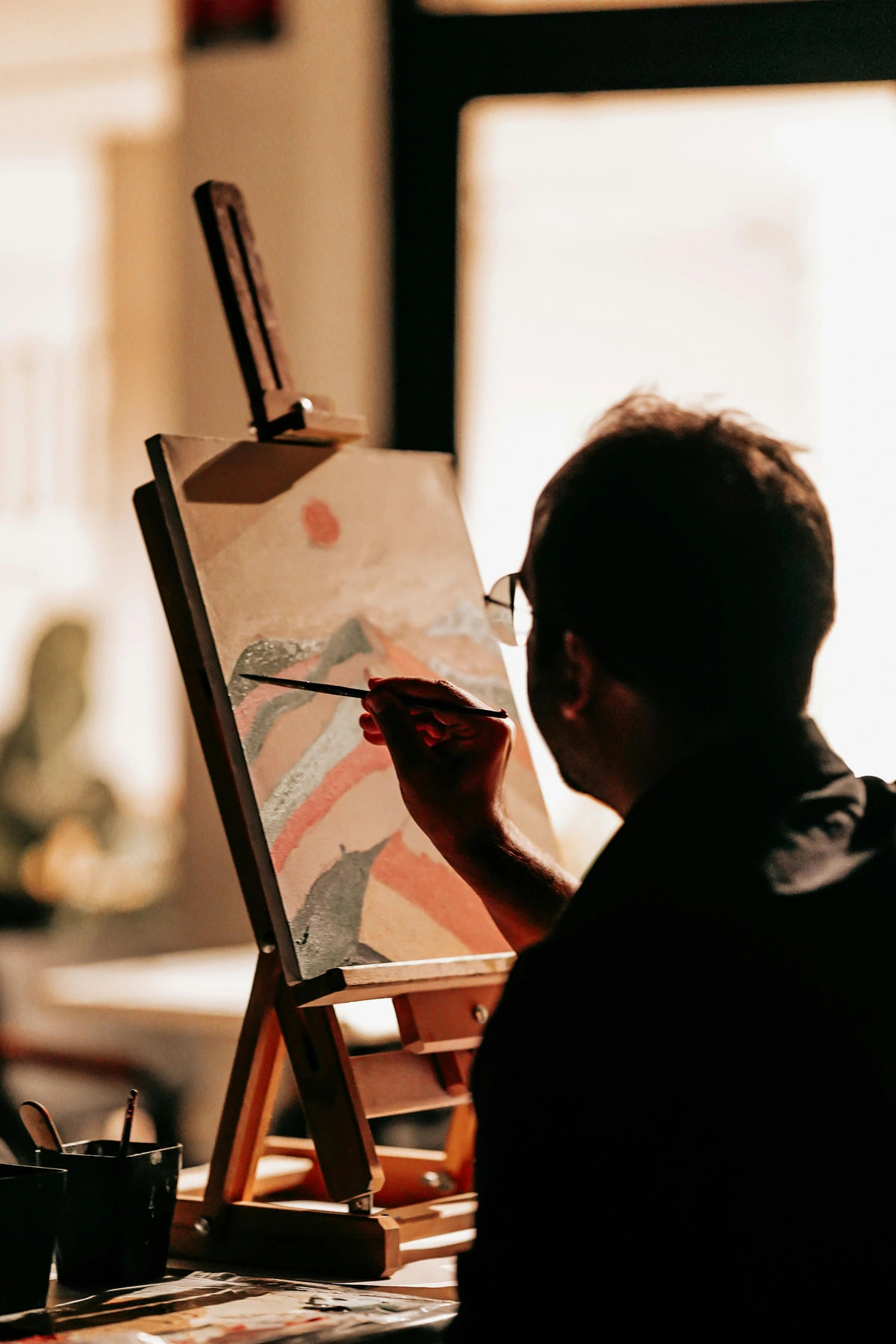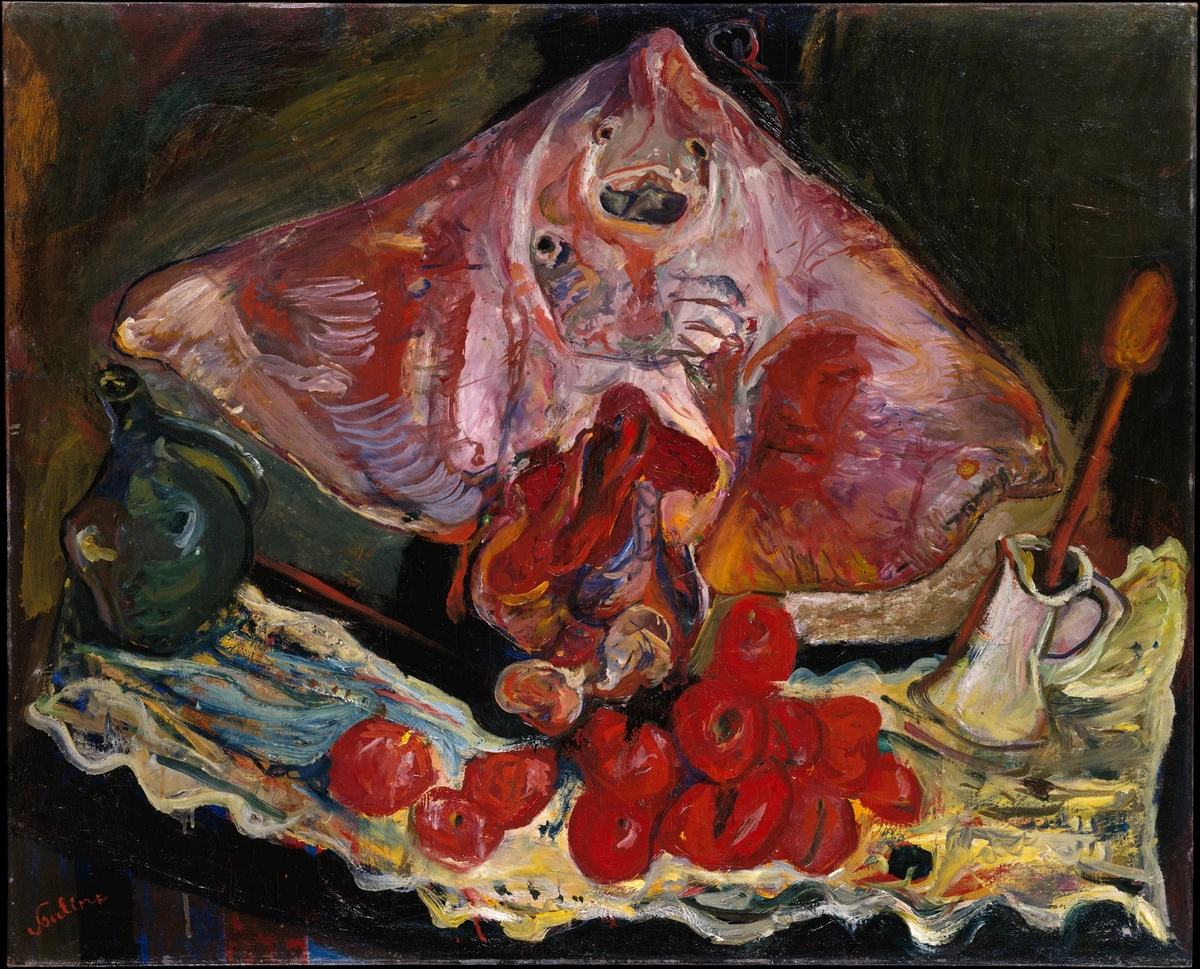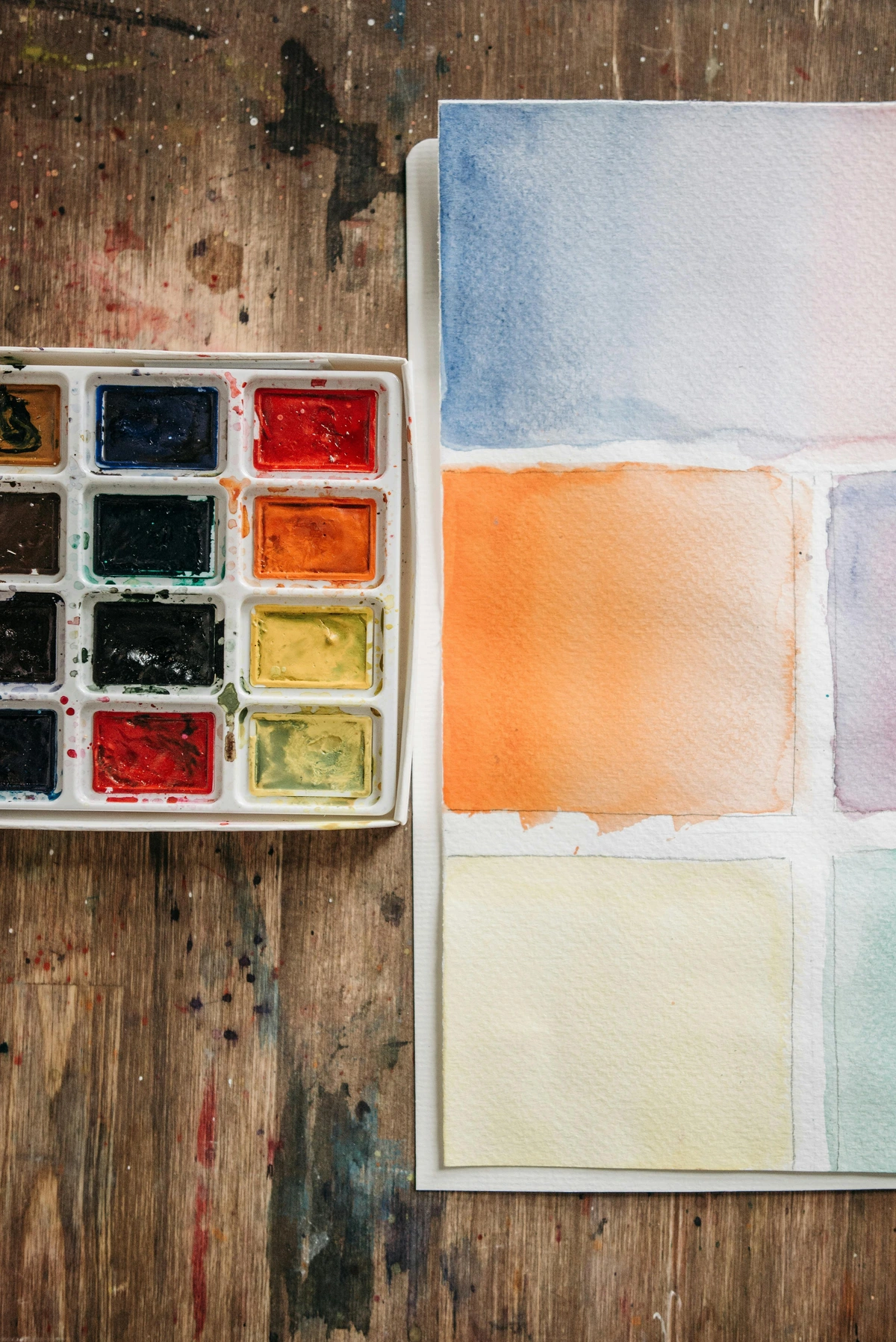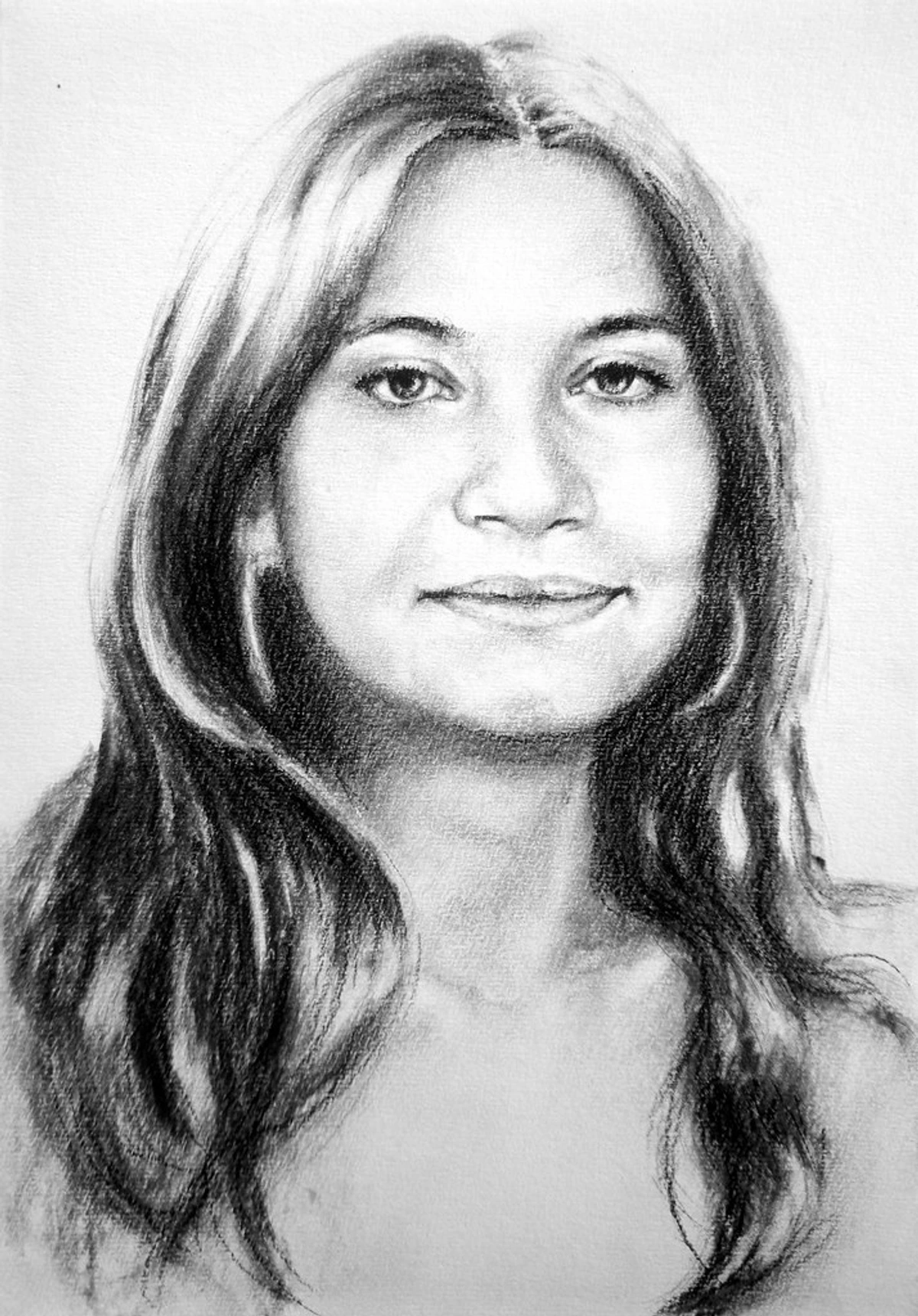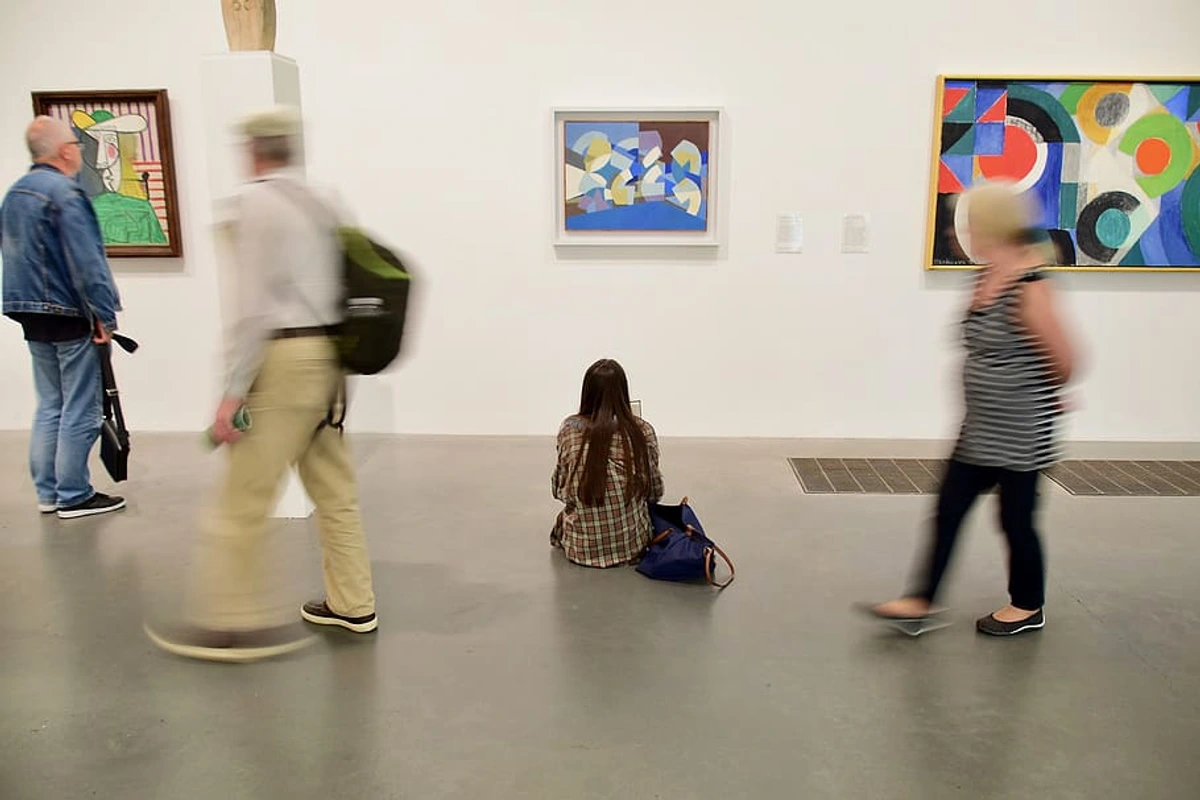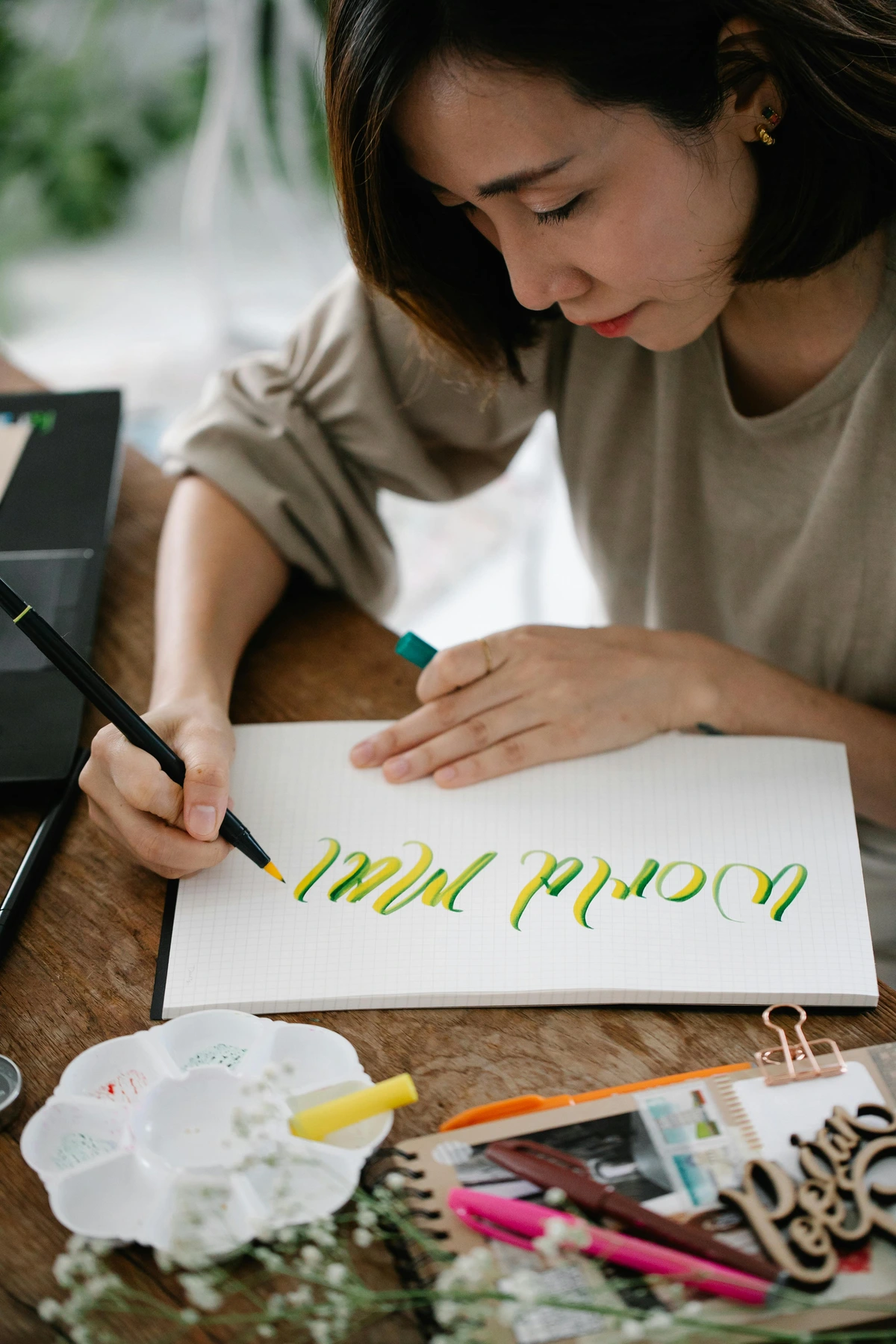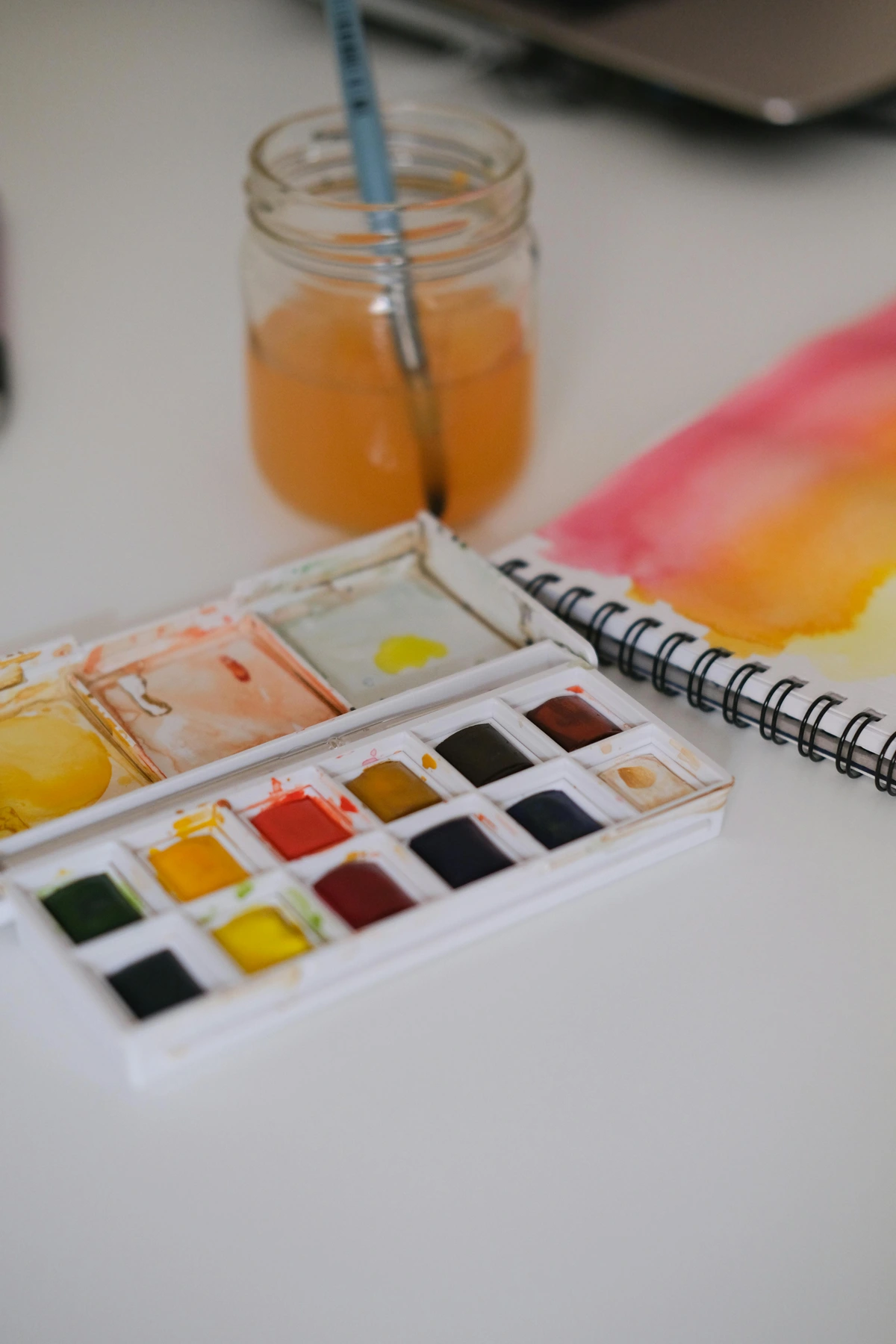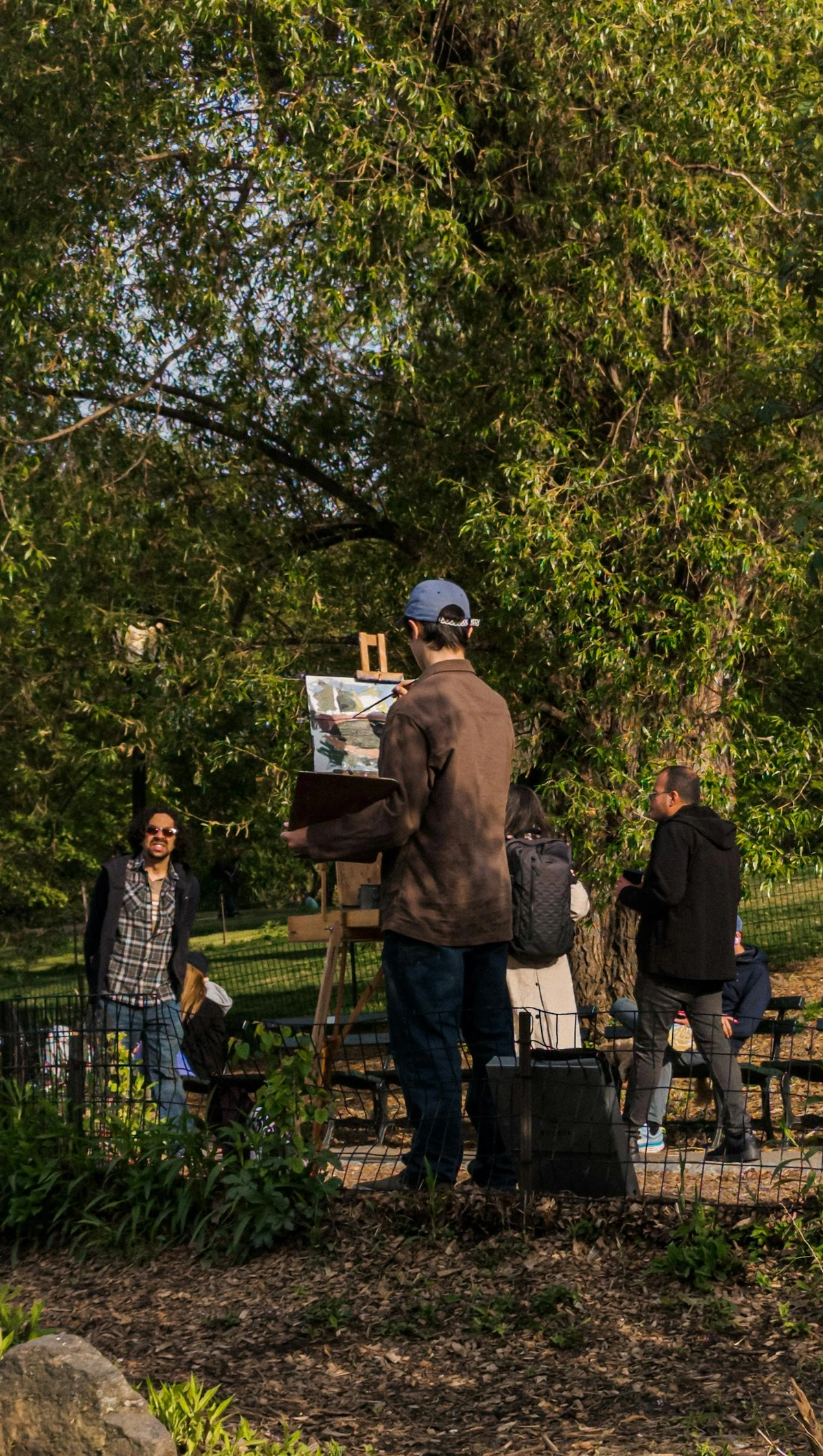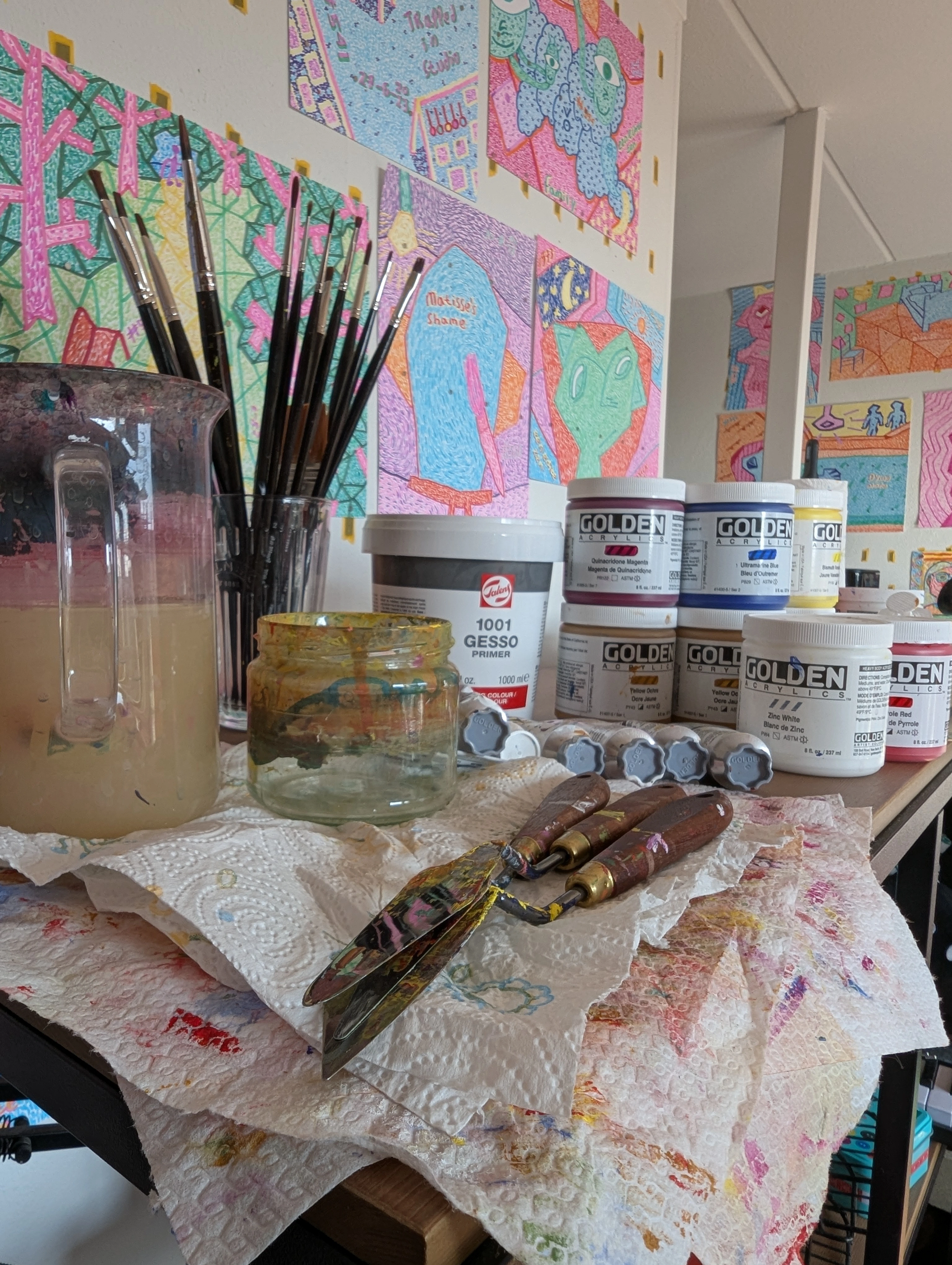
Imposter Syndrome for Artists: Navigating Doubt & Finding Your Voice
Feeling like a fraud as an artist? You're not alone. Dive deep into the unique challenges of imposter syndrome for creatives, explore practical strategies to navigate doubt, embrace your authentic voice, and reconnect with the joy of making art.
The Canvas of Doubt: Navigating Imposter Syndrome as an Artist
Let's be honest. There are days – maybe more than days – when I stand in front of a blank canvas, or look at a finished piece, and that little voice whispers, or sometimes shouts: "Who do you think you are? You're not a real artist." It's a feeling that gnaws, a persistent guest in the studio: imposter syndrome. It feels like a tightness in the chest, a cold knot of fear that someone, anyone, will point and say, "See? I knew it. They're just pretending." It's the unsettling sense that you've somehow faked your way into your creative life, and that exposure is just around the corner. I remember one particularly bad day, staring at a painting I'd just finished for a potential show. The voice wasn't a whisper; it was a full-blown panic attack telling me I'd just wasted weeks, that it was derivative garbage, and that the gallery would laugh me out of the room. It felt utterly real.
It doesn't matter if you've sold pieces, had shows, or just quietly create for yourself. That feeling of being a fraud, of somehow having tricked everyone (including yourself) into thinking you're capable, is incredibly common in the creative world. And if you feel it, welcome to the club. It's a crowded one, full of brilliant, doubting minds. We're all just trying to figure it out, one brushstroke at a time, wondering if the next one will be the one that gives us away. Even some of the most famous artists throughout history are rumored to have battled similar demons of self-doubt. You're in good, albeit anxious, company.
This persistent feeling, this internal critic that questions our legitimacy despite external evidence of skill or success, has a name: imposter syndrome. It's not a clinical diagnosis, but a very real psychological pattern that artists often grapple with.
So, What's This Pesky Feeling Called, Anyway? (Understanding Imposter Syndrome)
Imposter syndrome is that persistent belief that you're inadequate and incompetent, despite clear evidence of your skills and achievements. For artists, this can manifest in specific, often painful ways. It's not just a general feeling of not being good enough; it's the fear of being discovered as a fraud. Have you ever felt any of these?
- Feeling like your success is due to luck, not talent (especially after a sale or positive review). You might think, "Phew, I got away with that one!" instead of acknowledging the skill and effort involved.
- Worrying you'll be "found out" as a fraud (maybe you didn't go to art school, or you feel your technique isn't "proper"). This is particularly common when comparing yourself to artists with different backgrounds or training.
- Dismissing praise or positive feedback ("They're just being nice, they don't really get it"). It's hard to internalize validation when you don't believe you deserve it.
- Comparing yourself constantly and unfavorably to others (their process is so much smoother, their finished work so much more polished). Social media often fuels this fire.
- Setting impossibly high standards, then feeling crushed when you don't meet them (e.g., every piece must be a masterpiece). This perfectionism is a common companion to imposter syndrome.
- Feeling like a fraud in a specific medium, even if you're confident in others (you can paint, but drawing feels like a lie). This can happen when stepping outside your comfort zone.
- Doubting your right to call yourself an "artist" at all, regardless of output or recognition. This fundamental questioning can be paralyzing.
- Feeling like you're just copying others, unable to find your own unique voice, even when your work is clearly distinct.
- Experiencing intense anxiety before sharing work, submitting to a gallery, or even just posting online, fearing negative judgment will confirm your worst fears.
- Worrying that achieving commercial success means you're "selling out" or compromising your artistic integrity, making you feel like a fraud in a different way.
It's exhausting, isn't it? It steals the joy from the creative process and makes sharing your work feel terrifying. Sometimes, this mental stress can even manifest physically – that tightness in the chest, shallow breathing, muscle tension, or a general sense of unease that follows you from the studio to the gallery opening.
The Artist's Unique Battleground: Why It Hits Us Hard
Why does this hit artists so hard? Well, art is inherently subjective. Unlike, say, engineering, where a bridge either stands or falls, there's no single objective metric of 'goodness' in art. What resonates deeply with one person might leave another cold. This subjectivity means validation often feels fleeting or based on external opinion rather than an undeniable truth. It's like trying to measure the 'goodness' of a dream – intensely real and meaningful to the dreamer, but intangible to anyone else. This lack of objective measurement leaves ample room for doubt to creep in, making it easy to dismiss genuine skill as mere opinion.
We pour our deepest selves onto the canvas or into the sculpture, making the work incredibly personal and vulnerable. When that work is then judged, whether by critics, the market, or even just ourselves, it feels like a judgment on us. The solitary nature of much artistic creation also doesn't help; we spend hours alone in our studios, wrestling with ideas and techniques, without constant external feedback to ground us.
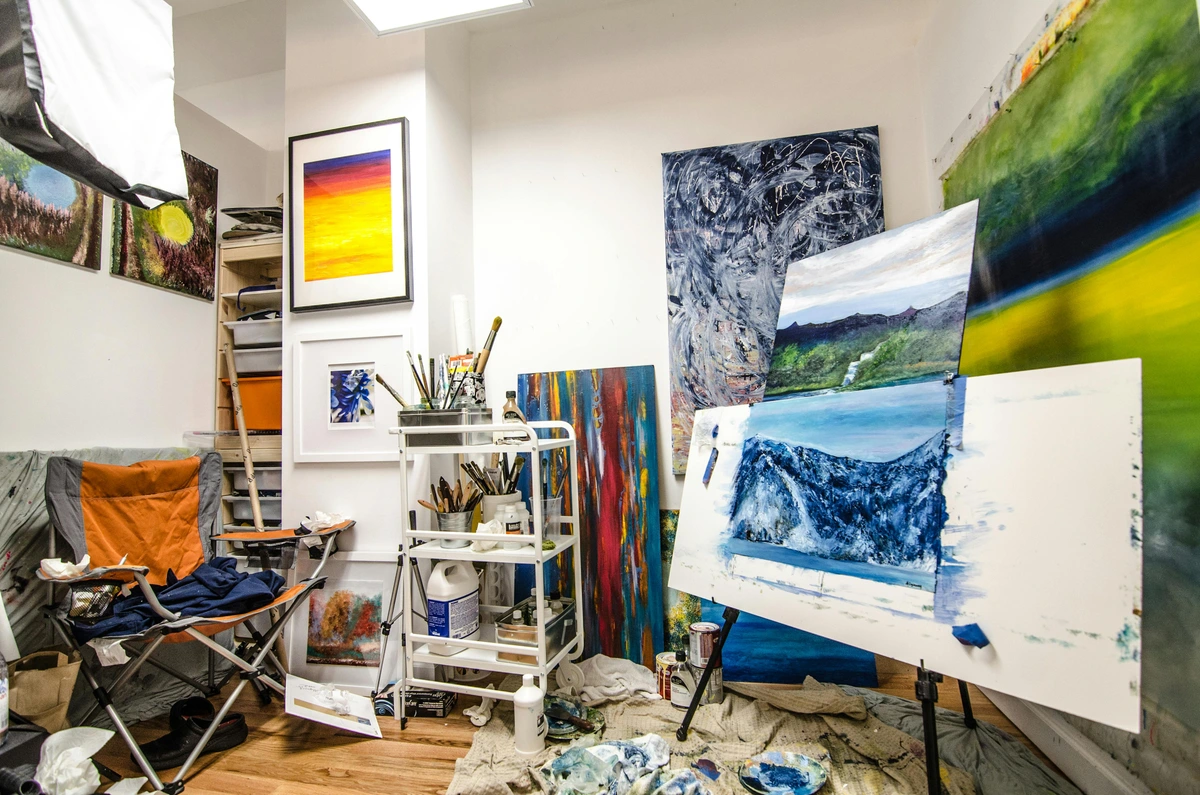
The pressure to constantly innovate, to find your unique voice, and then to navigate the often opaque art market – trying to sell your art, approach galleries, or understand art prices – adds layers of potential triggers for doubt. And let's not forget the varied paths artists take; whether you have a formal art school degree or are self-taught, there's always a little voice wondering if you have the 'right' credentials or background. This perceived lack of 'proper' training is a huge trigger for many artists, regardless of their actual skill level. It's a fertile ground for the imposter feeling to take root. The relentless pressure to constantly produce new, original work can also be a major factor. If inspiration wanes or output slows, the imposter voice is quick to jump in, suggesting you've run out of ideas or weren't that talented to begin with.
The Seeds of Doubt: Early Experiences & Social Media
Sometimes, the roots of imposter syndrome run even deeper, back to childhood or early creative experiences. Was your art dismissed as 'just a hobby'? Did a teacher's harsh critique sting more than it helped? Were you told to pursue a 'more practical' career? These early messages, even if unintentional, can plant seeds of doubt that blossom into full-blown imposter syndrome later in life. It's not just about current challenges; it's about the narrative we've built around our creative identity over years.
In the modern age, social media adds another complex layer. We are constantly bombarded with curated highlight reels of other artists' successes – sold-out shows, viral posts, glowing features. This creates an environment ripe for comparison, making it easy to feel like everyone else has it figured out, effortlessly producing masterpieces while you struggle with a blank page. The pressure to maintain an online presence, to constantly share and perform, can further blur the lines between authentic creation and seeking external validation, feeding the imposter beast. It's like everyone else is showing off their perfectly framed finished pieces, while you're still wrestling with a messy sketch that feels fundamentally flawed.
This unique blend of subjectivity, vulnerability, solitude, market pressure, varied training paths, early conditioning, the relentless pressure to produce, and the comparison fueled by social media creates a perfect storm where imposter syndrome can flourish. But recognizing why it hits us hard is the first step in disarming it. Understanding the battleground helps us find the right tools to navigate it.
Imposter Syndrome Across Artistic Disciplines
While the core feeling is universal, imposter syndrome can wear different hats depending on your chosen medium or discipline. A painter might doubt their technical skill with oils, feeling they can't achieve the 'realism' of others, even if their abstract work is groundbreaking. A sculptor might question if their 3D pieces are substantial or meaningful enough compared to traditional forms. Digital artists often grapple with the idea that their work isn't 'real' art because it wasn't made with physical materials, or they feel their software skills are just button-pushing, not true creativity. Performance artists might question the authenticity of their expression, feeling like they are just 'acting' or that their vulnerability isn't genuine. Writers might feel their words aren't profound, musicians that their compositions aren't original. Each field has its own specific triggers, often tied to perceived technical mastery, market validation, or the intangible 'authenticity' of the work.
Navigating the Doubt: Strategies for the Creative Soul
So, how do we live with this unwelcome studio guest? It's less about eliminating it entirely and more about learning to paint alongside it. It's about building resilience and shifting our perspective. Here are some things I've found helpful, little anchors when the waves of doubt start crashing. Understanding why you feel like an imposter is the first step; now, let's explore how to move forward despite that feeling.
1. Acknowledge It, Don't Fight It
That voice is there. Trying to pretend it isn't just gives it more power. When I feel it creeping in, I try to simply notice it. "Ah, hello, Imposter Syndrome. You're here again." It's like acknowledging a cloud in the sky – it's there, but it doesn't have to dictate the weather of my entire day or creative session. Just naming it can take away some of its sting. I remember one time, staring at a half-finished painting, completely frozen. The voice was screaming about how terrible it was. I literally said out loud, "Okay, Imposter Syndrome, I hear you. Now sit down, I have work to do." It sounds silly, but it created just enough distance to pick up the brush again.
2. Reframe Success (It's Not Just Luck)
When a piece sells or gets a nice comment, my first thought is often, "Phew, got away with that one!" or "They're just being nice." I'm actively working on reframing this. I try to list the steps, the hours, the failed attempts, the skills that went into that piece. It wasn't magic; it was work. Hard work. Acknowledge the effort, not just the outcome. For instance, that gallery sale I was so sure was a fluke? I had to remind myself of the weeks spent experimenting with color, the dozens of sketches, the specific technique I finally mastered, and the sheer persistence it took to even approach that gallery. That wasn't luck; that was earned. This also applies to navigating the business side; getting a gallery to represent you or making a sale online isn't just chance, it's the result of countless hours of practice, networking, and putting yourself out there.
3. Focus on the Process, Not Just the Outcome
Imposter syndrome thrives on the final product and external validation. Shift your focus back to the joy of making. What do you love about the feel of the paint, the challenge of a composition, the surprise of a color combination? (Like exploring how artists use color or the elements of art). Spend time simply creating for the sake of creating, without the pressure of it needing to be 'good' or 'sellable'. This is where the authentic voice lives. What's your favorite part of the process? The initial messy sketch? The layering of paint? The moment a sculpture takes form? Lean into that. Sometimes, these playful, low-stakes sessions unexpectedly lead to breakthroughs or new directions in my more 'serious' work, proving that joy and growth are deeply intertwined. I remember one time I was completely stuck on a painting, convinced it was awful. I put it aside and just spent an hour mixing colors on my palette, not even applying them to the canvas. The simple act of focusing on the process of mixing, the way the pigments blended, calmed my mind and actually gave me an idea for how to save the 'awful' painting.
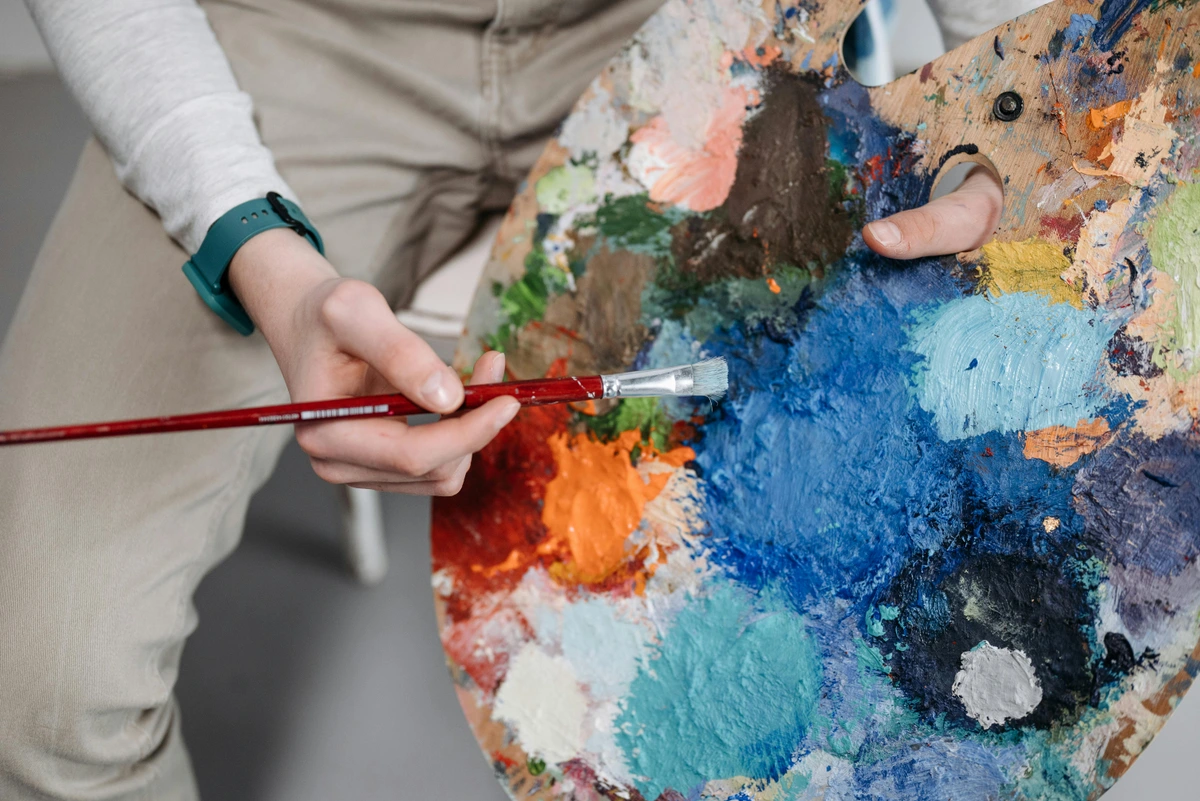
4. Keep a "Win" File
Seriously. Create a folder (digital or physical) for positive feedback, nice emails, photos of sold work, acceptance letters, or even just notes to yourself about a breakthrough moment. On tough days, open it up. It's tangible evidence against the feeling of fraudulence. Think of it as your secret weapon against the inner critic, a collection of receipts proving you're not just making it up. It might feel a little awkward at first, like you're bragging to yourself, but trust me, it works.
5. Celebrate Small Wins
Beyond the "Win File" of external validation, make a conscious effort to celebrate the small victories in your studio. Did you finally nail that tricky perspective? Did you spend a solid hour painting without distraction? Did you mix the perfect shade of blue? These small moments of progress and dedication are just as important as the big sales or exhibitions. Acknowledge them. Give yourself a mental high-five. These are the building blocks of mastery, not flukes.
6. Document Your Process
This ties into focusing on the process. Keep sketchbooks, take photos or videos of your work in progress. This isn't just for social media; it's for you. Looking back at the messy beginnings, the changes, the problem-solving, provides tangible proof of your effort, learning, and growth. It's hard for the imposter voice to argue with visual evidence of the journey.

7. Talk to Other Artists
Remember that crowded club I mentioned? Find your fellow members! Talking to other creatives reveals just how universal this feeling is. Sharing your struggles can be incredibly validating and you might pick up some great tips from others who are navigating similar waters. Hearing a successful artist you admire admit they also feel like a fraud sometimes is incredibly powerful. Consider joining local art groups, participating in online forums or communities, or even finding an accountability partner or mentor. These connections provide perspective and remind you that you're not alone in the struggle. Forming a small, trusted critique group where the focus is on supportive, constructive feedback rather than harsh judgment can be particularly helpful.
8. Set Realistic (or No) Standards & Embrace the Beginner's Mind
Impossibly high standards are a hallmark of imposter syndrome. Try setting small, achievable goals for a studio session ("Spend 30 minutes sketching") rather than outcome-based ones ("Create a masterpiece"). Or, better yet, just show up and see what happens. Remove the pressure of perfection. I used to tell myself every piece had to be gallery-ready, a perfect expression of my vision. Now, sometimes the goal is just to make a mess, or try a new brush, or finish something, anything, even if it's terrible. It's freeing. I once spent an entire afternoon trying to paint a perfect sphere, convinced I was a failure when it looked lopsided. Now, I might just aim to explore how light hits a curved surface, removing the pressure of 'perfection'. Remember, progress, not perfection, is the goal.
Coupled with this, embrace the "beginner's mind." Approach new techniques or mediums with curiosity rather than the expectation of instant mastery. This mindset shifts the focus from proving yourself to learning and exploring, which is a powerful antidote to the pressure imposter syndrome creates.
9. Your Unique Voice is Enough (Especially Online)
Comparing yourself to others is a fast track to feeling inadequate. Your journey, your perspective, your style – that's what makes your art yours. Whether you're exploring abstract art, collage, or something else entirely, your unique expression is valuable precisely because it comes from you. There's no one else who sees the world, or the canvas, quite like you do. Constantly measuring yourself against someone else's highlight reel just pulls you away from cultivating the very thing that makes your work special: you. Remember that your unique voice isn't about being entirely novel; it's often the fascinating combination of your influences, experiences, and perspective that makes your work distinct. This is especially true in the age of social media, where curated perfection is the norm. Focus on sharing your authentic process and voice, not just the polished outcome.
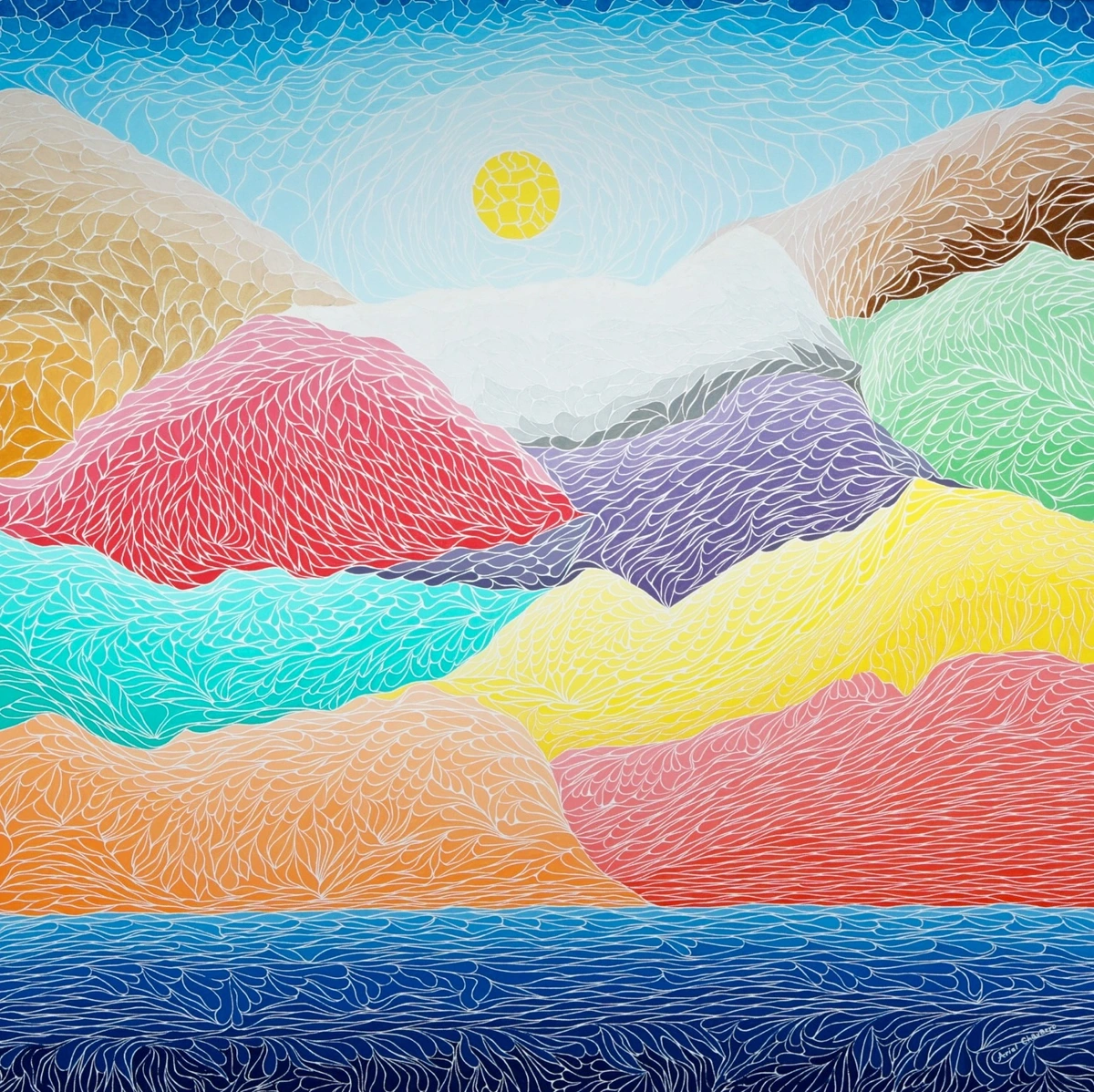
10. Separate Your Worth from Outcomes & Define Your Own Success
This is a big one, especially when navigating the business side of art. Rejection is an inevitable part of the art world – whether it's a gallery saying no, a piece not selling, or a grant application being denied. Imposter syndrome loves to interpret these as proof of your inadequacy. But your worth as an artist, and as a person, is not tied to whether a specific piece sells or a specific gallery accepts you. Learn to see rejections as simply a mismatch, a business decision, or a sign that you're putting yourself out there (which is a win in itself!). Your creative core remains valid regardless of external validation or market success.
Crucially, define what success means to you. Is it selling work? Is it the joy of creating? Is it mastering a technique? Is it connecting with others through your art? When you define success on your own terms, external metrics lose some of their power to trigger doubt.
11. Consider Teaching or Mentoring
Sharing your knowledge and experience with others can be a powerful antidote to imposter syndrome. When you teach, you solidify your own understanding and skills. Seeing others learn from you provides tangible proof of your competence and value. It shifts the focus from your perceived inadequacies to your ability to help and inspire others. It's hard to feel like a fraud when you're actively guiding someone else on their creative path.
12. Set Boundaries (Online and Off)
We already talked about social media boundaries, but it's just as important to set boundaries in your real life. Are there people whose comments, even if well-intentioned, consistently trigger your self-doubt? Maybe a family member who still asks when you're going to get a 'real job,' or a peer who seems overly competitive? It's okay to limit exposure to these triggers or to practice gentle ways of redirecting conversations. Protecting your creative energy means protecting yourself from unnecessary doubt, wherever it comes from.
13. Handle Criticism Constructively
Ah, criticism. The artist's favorite topic (not!). Negative feedback can feel like a direct hit to the imposter nerve. Instead of letting it confirm your worst fears, try to view criticism as information. Is it specific and actionable? Does it come from a source you respect? If so, see if there's anything to learn. If it's vague, overly harsh, or from someone whose opinion doesn't align with your artistic goals, practice letting it go. It's a skill, like mixing paint. Not every comment needs to be internalized as a judgment on your fundamental worth.
14. Manage Stress and Physical Symptoms
Imposter syndrome isn't just in your head; it can manifest physically. That knot in your stomach, the racing heart before a critique, the exhaustion after forcing yourself to create despite the doubt. Learning stress management techniques – deep breathing, mindfulness, taking breaks, getting enough sleep, even just stepping away from the studio for a walk – can help calm the nervous system and lessen the physical grip of imposter syndrome. When your body feels calmer, your mind often follows. Avoiding burnout by prioritizing rest and stepping away when needed is crucial; exhaustion makes the imposter voice much louder and more convincing.
15. Analyze Artists You Admire (Without Comparison)
Instead of looking at artists you admire and feeling inadequate, try shifting your perspective. Research their journey, their influences, their early work (which is often less polished than their later masterpieces!). Understand that they, too, likely faced struggles, rejections, and periods of doubt. Analyzing their process and evolution can demystify their success and provide inspiration, rather than fueling the comparison trap.
Imposter Syndrome as a Sign of Growth?
Here's a thought that might seem counterintuitive: sometimes, feeling like an imposter is actually a sign that you're growing. When you step outside your comfort zone, try a new technique, or tackle a more ambitious project, it's natural to feel a bit out of your depth. That feeling of not quite knowing what you're doing can be mistaken for being a fraud. But really, it's just the discomfort of learning and expanding your skills. Embrace that discomfort as a signal that you're pushing your boundaries, not that you're fundamentally incapable. It's the difference between thinking "I'm bad at this new thing" and "I'm learning this new thing, and it feels challenging." I felt this intensely when I first started experimenting with collage after years of only painting. It felt awkward and unfamiliar, and the imposter voice screamed that I wasn't a 'real' mixed-media artist. But pushing through that discomfort led to exciting new directions in my work.
Seeking Support
If imposter syndrome feels overwhelming, debilitating, or is significantly impacting your mental health and ability to create, please know that seeking professional support is a sign of strength, not failure. Therapists or counselors specializing in creative blocks, anxiety, or self-esteem issues can provide valuable tools and perspectives to help you navigate these feelings in a healthy way. Support groups for artists can also offer a safe space to share experiences and strategies. You don't have to wrestle with this alone.
The Long Game
Imposter syndrome might never fully disappear. It's a bit like a shadow that follows you, especially when you're pushing yourself or trying something new. But over time, with awareness and practice, you can learn to lessen its grip. You can recognize its patterns, challenge its lies, and choose to act despite it. Your artist's journey is unique, filled with ups and downs, and every piece you create, every skill you hone, is proof of your dedication and your right to call yourself an artist. You are not a fraud. You are a creator, navigating the beautiful, messy, and sometimes terrifying world of making art.
As you navigate your own canvas of doubt, perhaps exploring art – whether it's mine at my museum in Den Bosch or pieces for sale on my site – can offer moments of connection, inspiration, and a reminder that every finished work represents a triumph over that blank canvas and the doubts it can hold. Keep painting, keep creating, keep showing up for yourself and your art. That is the ultimate act of defiance against the imposter voice.
